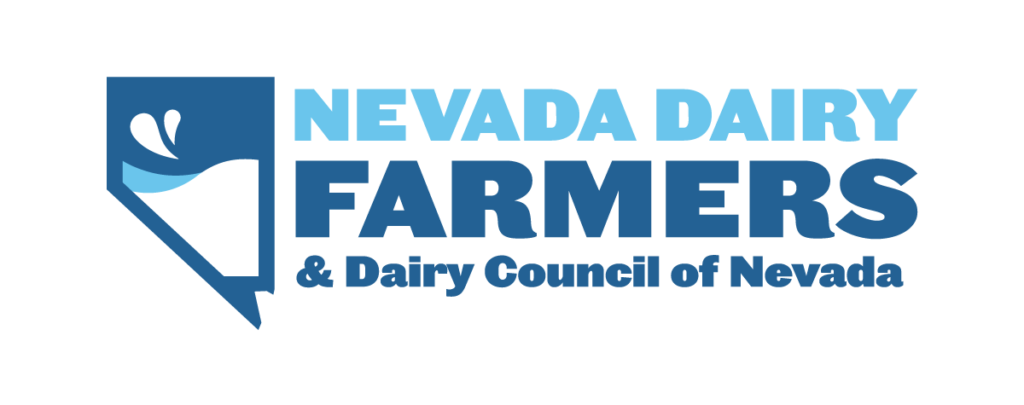A collection of studies funded by the National Dairy Council (NDC) and non-NDC third-party researchers may spark some edits to holiday shoppers’ grocery shopping lists, as well as a re-evaluation of our nation’s current dairy fat recommendations. For years, nutrition science has promoted the cardiometabolic health benefits of low-fat or non-fat dairy ingredients. And while those findings remain true, recent studies suggest full-fat options may also have a place in personalized, heart-healthy diets.1
Recent findings: A 2020 review published in Advances in Nutrition and a 2021 study from the American Journal of Clinical Nutrition found that full-fat dairy consumption neither increased the risk of nor exacerbated pre-existing risk factors of heart disease. Furthermore, certain full-fat dairy choices, including fermented yogurt and cheese, go-to staple ingredients in traditional holiday recipes, protected against heart disease and type 2 diabetes. These findings and more are explored in NDC’s Dr. Moises Torres-Gonzalez’s 2023 research paper, which supports the inclusion of full-fat dairy in healthy dietary patterns. Such conclusions add a twist to the current 2020-2025 Dietary Guidelines for Americans, which recommends three daily servings of low-fat or non-fat dairy, while full-fat options are minimized or avoided due to their high saturated fat content. 2
The magic of the dairy matrix: In addition to its fat content, full-fat dairy, just like its low-fat and non-fat counterparts, is also brimming with health-promoting peptides, carbohydrates, and up to 13 essential nutrients including protein, calcium, phosphorus, selenium, iodine, riboflavin, niacin and vitamin B12. Researchers refer to this unique nutritional package as the “dairy matrix.” When consumed together, these various nutrients do not act independently of one another. Rather, the synergy between them produces a unique, combined effect on the body. In the case of dairy products, regardless of fat-level, research shows an overall neutral or positive effect on cardiometabolic health, often supporting stronger hearts and healthier waistlines. It’s a reminder to consumers everywhere to shift from hyper fixating on single nutrients to recognizing a food’s broader nutrient package. 1, 2
“Despite what you might’ve heard growing up, whole fat dairy products are proven to be both delicious and nutritious. Whether you’re a low-fat or full-fat dairy lover, both options can have a place at your table this holiday season – and that’s something worth celebrating,” said Libby Lovig, Registered Dietitian and Dairy Council of Nevada General Manager.
Looking to add more dairy to your holiday table? Visit NevadaMilk.com for our curated collection of family-friendly winter recipes. See a few of Hungry in Reno’s favorites below:
ABOUT DAIRY COUNCIL OF NEVADA
Dairy Council of Nevada is a non-profit, nutrition education program supported by both Nevada and Arizona to promote achievement of optimal health for the community by providing nutrition education based on the latest scientific research and the concept of a balanced diet that includes milk and milk products. To learn more, please visit NevadaMilk.com.
1 AL Unger, A Astrup, EL Feeney, HD Holscher, DE Gerstein, M Torres-Gonzalez, K Brown. Harnessing the Magic of the Dairy Matrix for Next-Level Health Solutions: A Summary of a Symposium Presented at Nutrition 2022. Current Developments in Nutrition 7(7); 2023. https://doi.org/10.1016/j.cdnut.2023.100105.
2 Torres-Gonzalez, M. The Relationship between Whole-Milk Dairy Foods and Metabolic Health Highlights an Opportunity for Dietary Fat Recommendations to Evolve with the State of the Science. Nutrients 2023, 15, 3570. https://doi.org/10.3390/nu15163570









